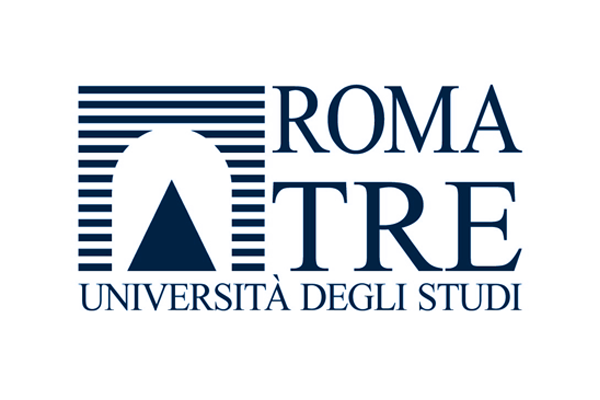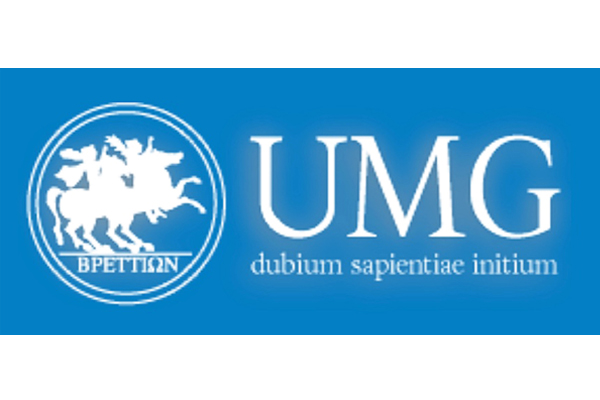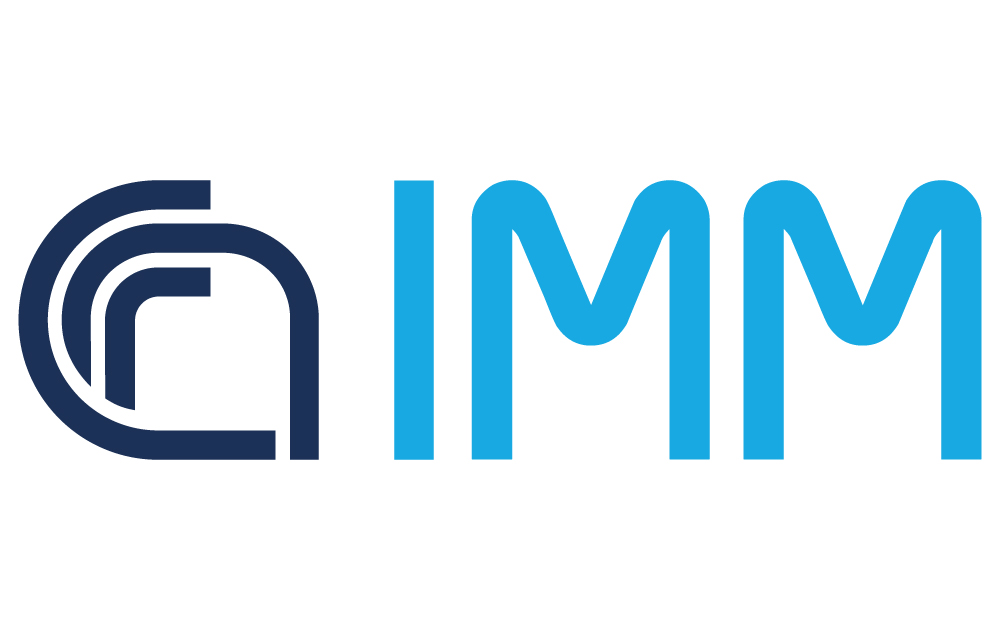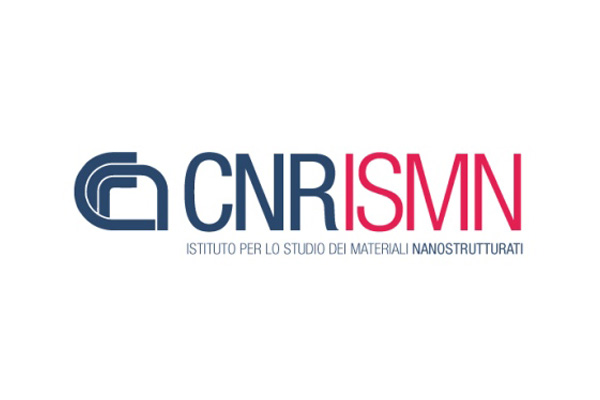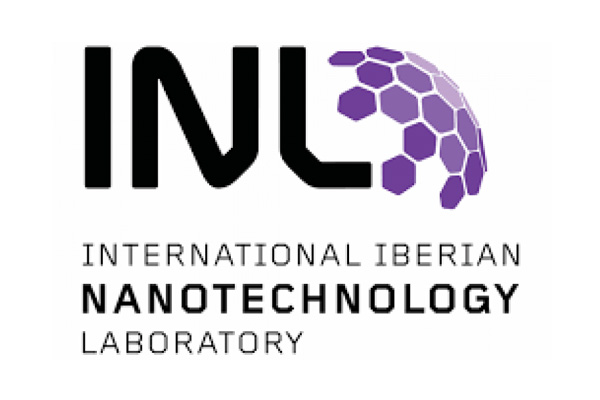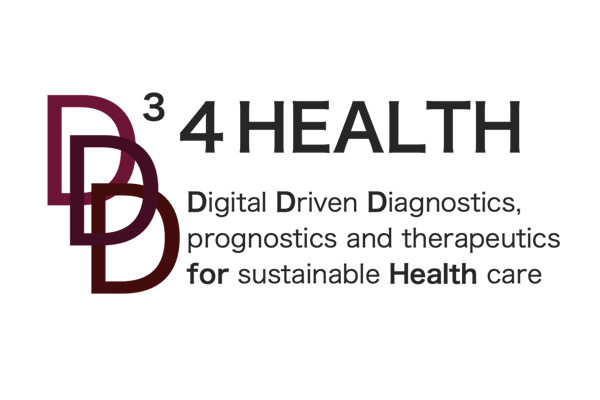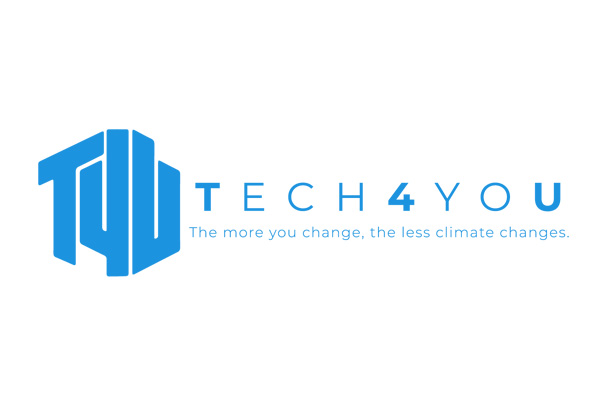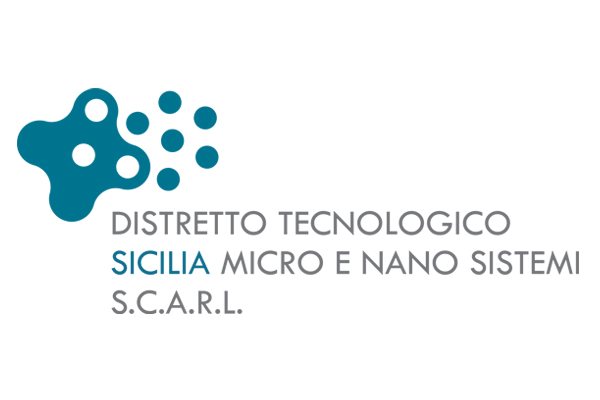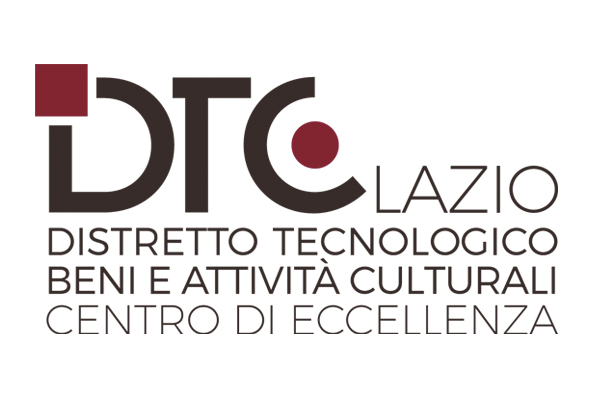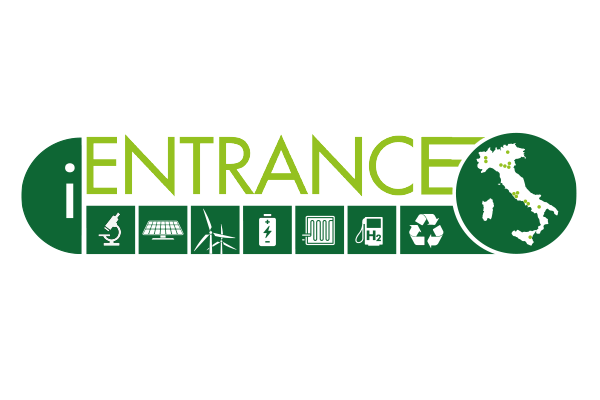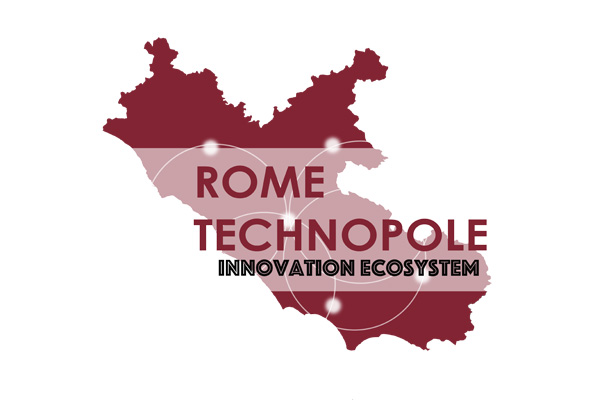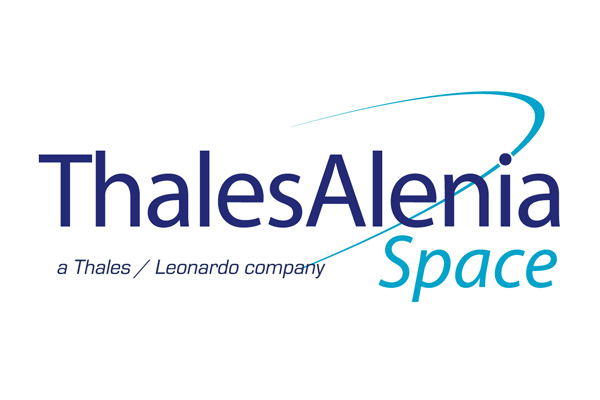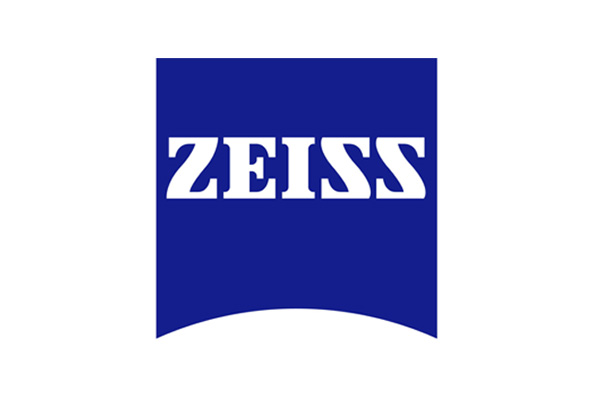| ROOM 9 | |||||
|
WS.VI FRONTIERS OF NANOMATERIALS IN BIOMEDICAL ENGINEERING: September 12 |
|||||
| Co-organized with: | |||||
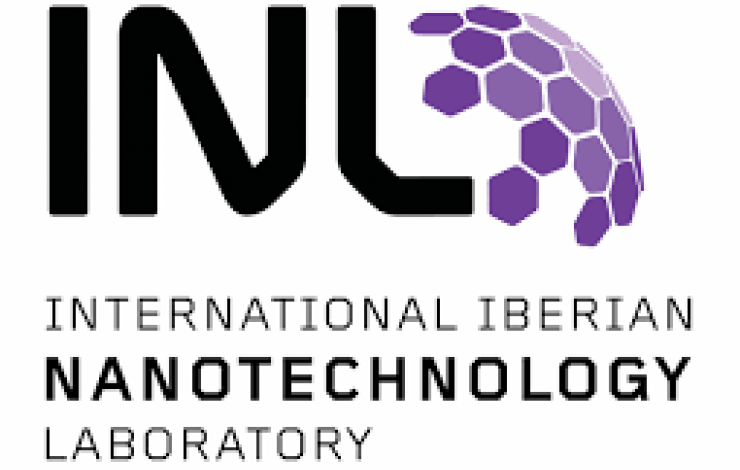 |
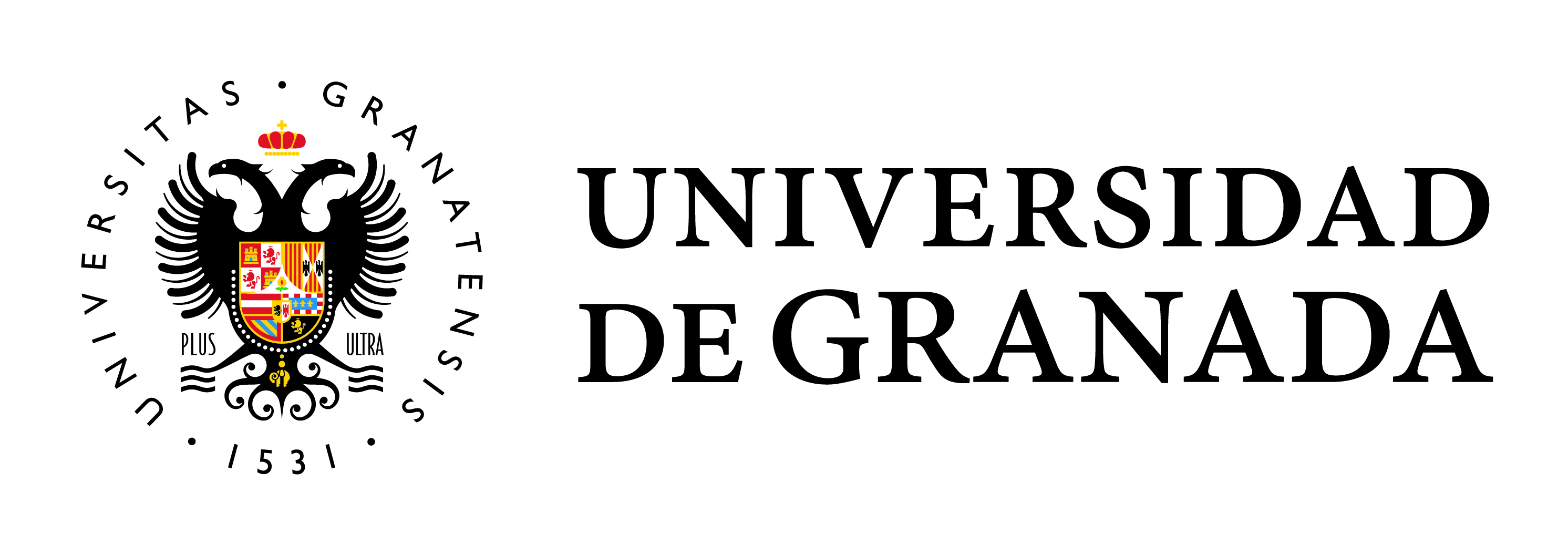 |
||||
|
WORKSHOP COMMITTEE Andrea CAPASSO, International Iberian Nanotechnology Laboratory (INL), Portugal |
|||||
| Nanotechnology has revolutionized various fields within medicine and biosciences, offering innovative solutions for a wide range of applications. Nanomaterials significantly impact healthcare, enabling targeted drug delivery, improved diagnostics (for cancer too), and real-time biomarker monitoring for disease management and personalized medicine. This extends to aggressive disorders like those affecting the nervous system, where nanomedicine converges with neuroscience, presenting exciting opportunities for tackling brain-related challenges. Nanoscopic materials hold immense promise in neuroprotection, neuroregeneration, and drug delivery across the blood-brain barrier, while also playing a pivotal role in regenerative medicine and stem cell therapies. The integration of nanotechnology concepts into neuromorphic engineering marks a groundbreaking phase of innovation. Nanoscale materials serve as fundamental components for constructing neuromorphic chips, with potential applications in real-time data analysis and sensor data processing. These chips present unprecedented opportunities for simulating intricate neural networks, furthering he development of brain-computer interfaces, and enabling cognitive computing. This convergence has the potential to deepen our comprehension of brain function and behavior. Ultimately, such advancements could profoundly influence artificial intelligence applications. Our symposium aims to explore cutting-edge research on nanomaterials tailored for diverse biomedical engineering applications. Topics will encompass fabrication, functionalization, and characterization of nanomaterials, while also addressing fundamental biomaterial principles, safety evaluations (critical for clinical translation), and potential hazards, such as the presence of endotoxin, biodistribution, degradation, and elimination from the body. Biomedical applications will span from medical engineering to advancements in cancer diagnosis and therapy, including regenerative medicine and neurodegenerative disorder treatments. Furthermore, topics related to neuromorphic engineering will be covered, focusing on the development of new materials and architecture for neuromorphic hardware, spiking neural networks, brain-computer interfaces, and cognitive computing. Contributions featuring carbon-based nanomaterials (e.g., graphene, graphene oxide, boron nitride) and 2D materials (e.g., transition metal dichalcogenides, MXenes, black phosphorus) are particularly encouraged. | |||||
| September 12 | ||||||||
| 09:00 - 10:30 Biomaterials for nanomedicine and drug delivery WS.VI.1 - TT.V.F |
||||||||
| Chairs: Andrea CAPASSO, INL, Portugal & Mattia BRAMINI, UGR, Spain | ||||||||
| This session will cover a diverse array of biomaterials, including hydrogels, biomimetic nanoparticles, and decellularized scaffolds, highlighting their transformative applications in regenerative medicine, drug delivery, and tissue engineering. The talks will unveil how the innovative uses of these materials are revolutionizing the field of nanomedicine. From enhancing targeted drug delivery systems to promoting tissue regeneration and engineering complex biological structures, novel biomaterials are at the forefront of medical advancements, opening the way to improved treatments for a wide range of health conditions. | ||||||||
| WS.VI.1.1 TT.V.F.1 |
Ester VASQUEZ - CV Universidad de Castilla-La Mancha, Spain Hybrid Hydrogels as 4D Biomimetic Systems |
 |
||||||
| WS.VI.1.2 TT.V.F.2 |
Ester POLO - CV University Santiago de Compostela, USC, Spain Designing Bio-Inspired Nanocarriers for Advanced Drug Delivery Systems |
 |
||||||
| WS.VI.1.3 TT.V.F.3 |
Francesca BOCCAFOSCHI - CV University Santiago de Compostela, USC, Spain Materials derived from decellularized tissues: new frontiers in regenerative medicine |
 |
||||||
| 11:30 - 13:00 Nanotechnology and neuromorphic devices for understanding brain functionality WS.VI.2 - TT.VI.F |
||||||||
| Chairs: Andrea CAPASSO, INL, Portugal & Mattia BRAMINI, UGR, Spain | ||||||||
| This session will explore the intersection of computational neuroscience and neuromorphic engineering, focusing on the use of nanotechnology to decode the complexities of neural circuits. The talks will cover advanced nanofabrication techniques, modeling approaches and innovative hardware, to extend the comprehension of neural functionality and mimic the brain's processing capabilities. These cutting-edge approaches are poised to revolutionize our understanding of the brain, paving the way for new breakthroughs in neural research and the development of intelligent systems that closely emulate human cognition. |
||||||||
| WS.VI.2.1 TT.VI.F.1 |
Federico FERRARESE LUPI - CV INRiM Visual memory in a 2D memitter |
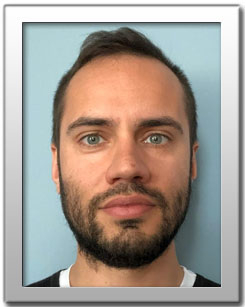 |
||||||
| WS.VI.2.2 TT.VI.F.2 |
Paulo DE CASTRO AGUIAR - CV I3s A bio-electronic memristive interface for real-time and adaptive coupling of neuronal populations |
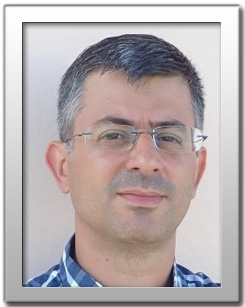 |
||||||
| WS.VI.2.3 TT.VI.F.3 |
Andres GODOY - CV University of Granada Multiscale simulation and modeling of memristive devices for neuromorphic computing |
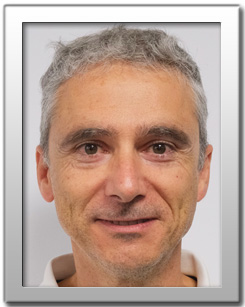 |
||||||
| 14:00 - 15:30 Neuro-nanotechnology for brain disorder treatment WS.VI.3 - TT.VII.F |
||||||||
| Chairs: Andrea CAPASSO, INL, Portugal & Mattia BRAMINI, UGR, Spain | ||||||||
| This session will spotlight the innovative use of 2D and 3D biomaterials and composite in devices tailored to address neurological disorders. The talks will emphasize key physicochemical and biological characteristics such as conductivity, porosity, biocompatibility, and flexibility, to showcase how advanced nanomaterials (carbon-based and others) can be engineered to meet the specific needs of neural tissue. By harnessing these properties, neuro-nanotechnology offers promising avenues for effective treatments and therapies, aiming to restore function and improve the quality of life for individuals affected by brain disorders. |
||||||||
| WS.VI.3.1 TT.VII.F.1 |
Fabio BENFENATI - CV IIT – Italy Non-genetic neuronal stimulation with photochromic interfaces: application to retinal degeneration |
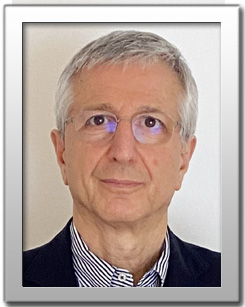 |
||||||
| WS.VI.3.2 TT.VII.F.2 |
Denis SCAINI - CV Ikerbasque, Spain It is just a matter of surfaces: how carbon-based multidimensional nanocues can modulate neuronal network activity |
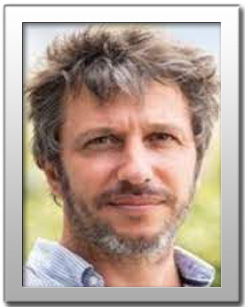 |
||||||
| WS.VI.3.3 TT.VII.F.3 |
Evie L. PAPADOPOULOU - CV BeDimensional S.p.A. Industrial production of 2D Materials for Bio-Applications |
 |
||||||
| 16:00 - 17:30 Smart materials for neuro-applications WS.VI.4 - TT.VIII.F |
||||||||
| Chairs: Andrea CAPASSO, INL, Portugal & Mattia BRAMINI, UGR, Spain | ||||||||
| This session will delve into the cutting-edge realm of 2D and 3D biomaterials, with a special focus on carbon-based materials, and their transformative potential in neural applications. Such smart materials are at the forefront of nanomedicine, promising innovative solutions for neural repair and neuroprosthetics. The talks will explore the properties and functionalities of selected smart materials to highlight their role in advancing the understanding and treatment of neurological conditions. This field will likely pave the way for groundbreaking developments in the future of nanomedicine. |
||||||||
| WS.VI.4.1 TT.VIII.F.1 |
Giada CELLOT - CV International School for Advanced Studies (SISSA) Assessing 2D materials safety for the nervous system in zebrafish |
 |
||||||
| WS.VI.4.2 TT.VIII.F2 |
Rossana RAUTI - CV University of Urbino "Carlo Bo" Carbon-based nanotools interfacing with neurons: novel frontiers in nanomaterial-tissue interactions |
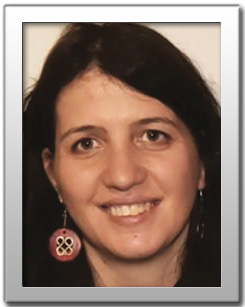 |
||||||
| WS.VI.4.3 TT.VIII.F.3 |
Elisabetta COLOMBO - CV IIT Conjugated polymers nanoparticles to rescue visual functions in a model of retinal degeneration |
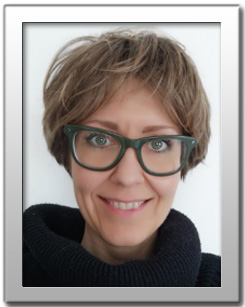 |
||||||
| Back to Overview | Go to Plan 12 September | ||





